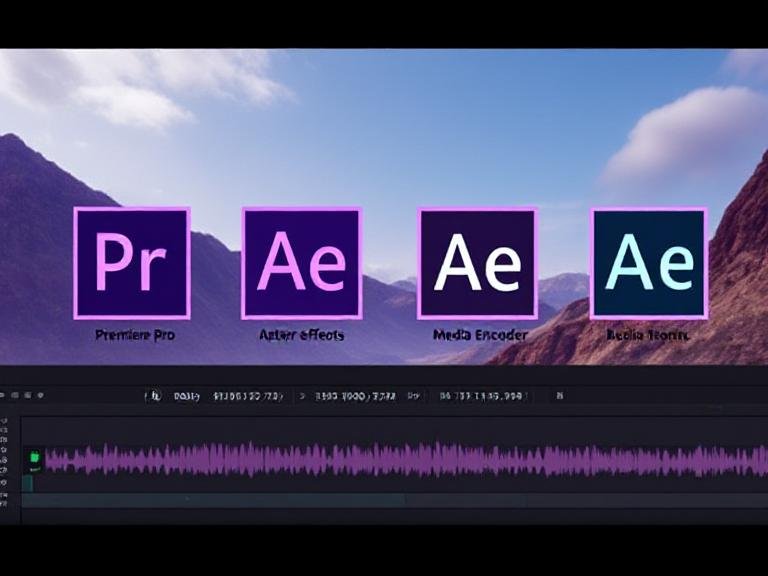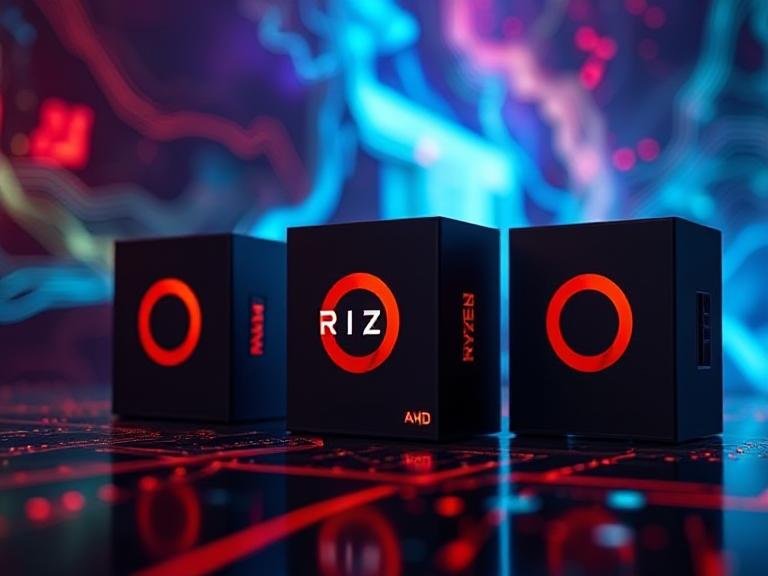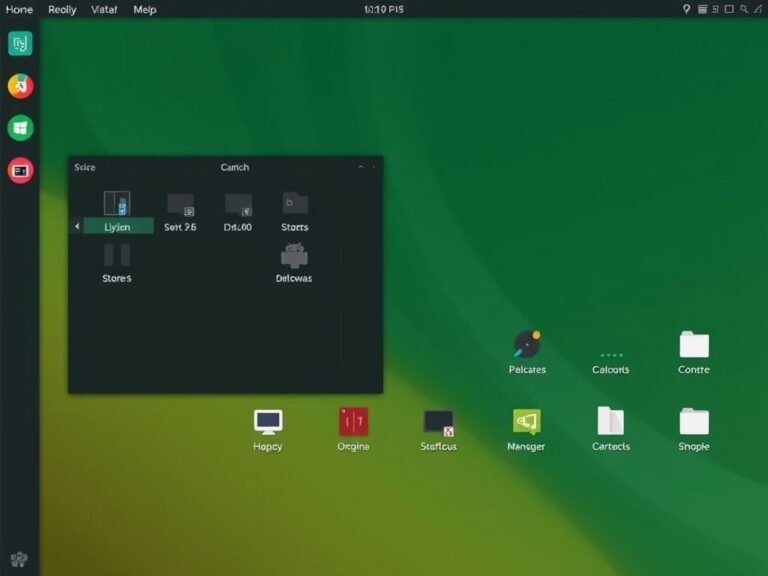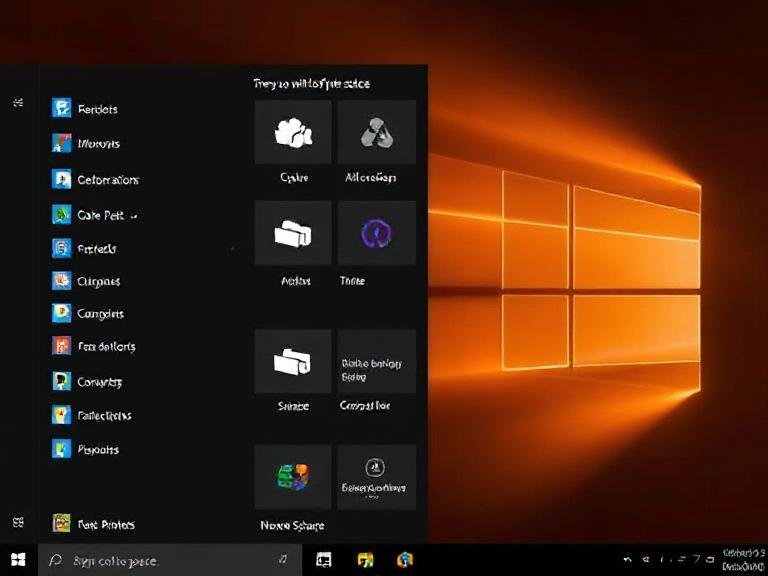Adobe Launches Beta of Premiere Pro and After Effects for Windows on ARM

Adobe Launches Beta of Premiere Pro and After Effects for Windows on ARM
It’s a major milestone for Windows on ARM: Adobe has officially launched native beta versions of some of its most powerful creative apps — Premiere Pro, After Effects, Audition, and Media Encoder — for ARM-powered Windows PCs.
This is more than just a compatibility update. For creators using devices like the Microsoft Surface Pro X or upcoming laptops with Snapdragon X Elite processors, native support means faster performance, smoother playback, and better battery efficiency — finally unlocking the full potential of ARM-based hardware for real creative work.
Previously, Adobe offered an emulated version of Premiere Pro starting in August 2024, which ran through x86 translation. While functional, emulation comes with performance overhead and higher power consumption. Now, with true native builds, these apps run directly on the ARM architecture — a game-changer for portability-focused editors and on-the-go creators.
What’s Available Now?
The beta release includes four core Adobe apps:
- Premiere Pro
- After Effects
- Audition
- Media Encoder
All are available now through the Creative Cloud app, marked as beta versions. However, Adobe is clear: this is not feature parity yet. Some limitations will remain even after the apps leave beta.
What Works: Native Performance Gains
Despite the missing features, the supported capabilities are impressive — especially for a first release.
✅ Premiere Pro & Media Encoder
- Hardware-accelerated H.264 and HEVC playback/export in MP4 containers
- Support for ProRes proxies, render & replace, and sequence previews
- Import and export of JPEG2000 in MXF
- Import of MotionJPEG and MKV files
- Full support for raw video formats, including:
- Apple ProRes RAW
- ARRI ARRIRAW
- Canon Cinema RAW Light
- Sony X-OCN and Sony RAW
✅ Audition
- Import of Sony RAW, Canon RAW, ARRI RAW, and ProRes RAW
- Support for MotionJPEG and MKV
- Import/export of JPEG2000 in MXF
- AVID EUCON control surface support
- Note: The Loudness Radar effect is not returning — Adobe confirms Loudness Meter is its permanent replacement
What’s Missing — And May Stay That Way
Adobe has been transparent about what won’t be supported, even in the final release.
❌ Not Coming Back
- Third-party plugins and extensions (for Premiere Pro, After Effects, and Audition)
→ Developers will need to update their tools for WinARM. Adobe plans to release an SDK update to help. - Export to Wraptor DCP (Premiere Pro)
- Import/export of GoPro CineForm codec
- Export to P2 Movie format
After Effects: Known Limitations
After Effects users should be aware of several key restrictions in the current beta:
- No support for ProRes, ARRIRAW, SWF, GoPro CineForm, JPEG2000 in MXF, or WMV
→ Projects using “High Quality” or “High Quality with Alpha” will default to uncompressed QuickTime with a warning. - No import of MotionJPEG or MKV files
- No hardware acceleration for H.264/HEVC in MP4
- Keylight and Mocha tracking tools are missing (with a launch warning)
- Cinema 4D renderer and Cineware integration are not available
- Third-party plugins won’t work until updated for ARM
Adobe recommends installing the latest Adreno GPU driver to avoid errors related to “Advanced 3D not supported” — a common issue on current Snapdragon-based devices.
Why This Matters for Creators
Even with limitations, this release is a huge step forward for Windows on ARM. It shows Adobe’s commitment to supporting ARM as a legitimate platform for professional creative work — not just lightweight editing.
For users who value:
- Long battery life
- Lightweight, fanless devices
- Always-connected LTE/5G
…this opens the door to doing real video and audio editing on devices that were once considered too limited for such tasks.
How to Get the Beta Apps
You can download the beta versions directly through the Creative Cloud desktop app if you’re on an ARM64 Windows device.
Or visit the official Adobe pages:





